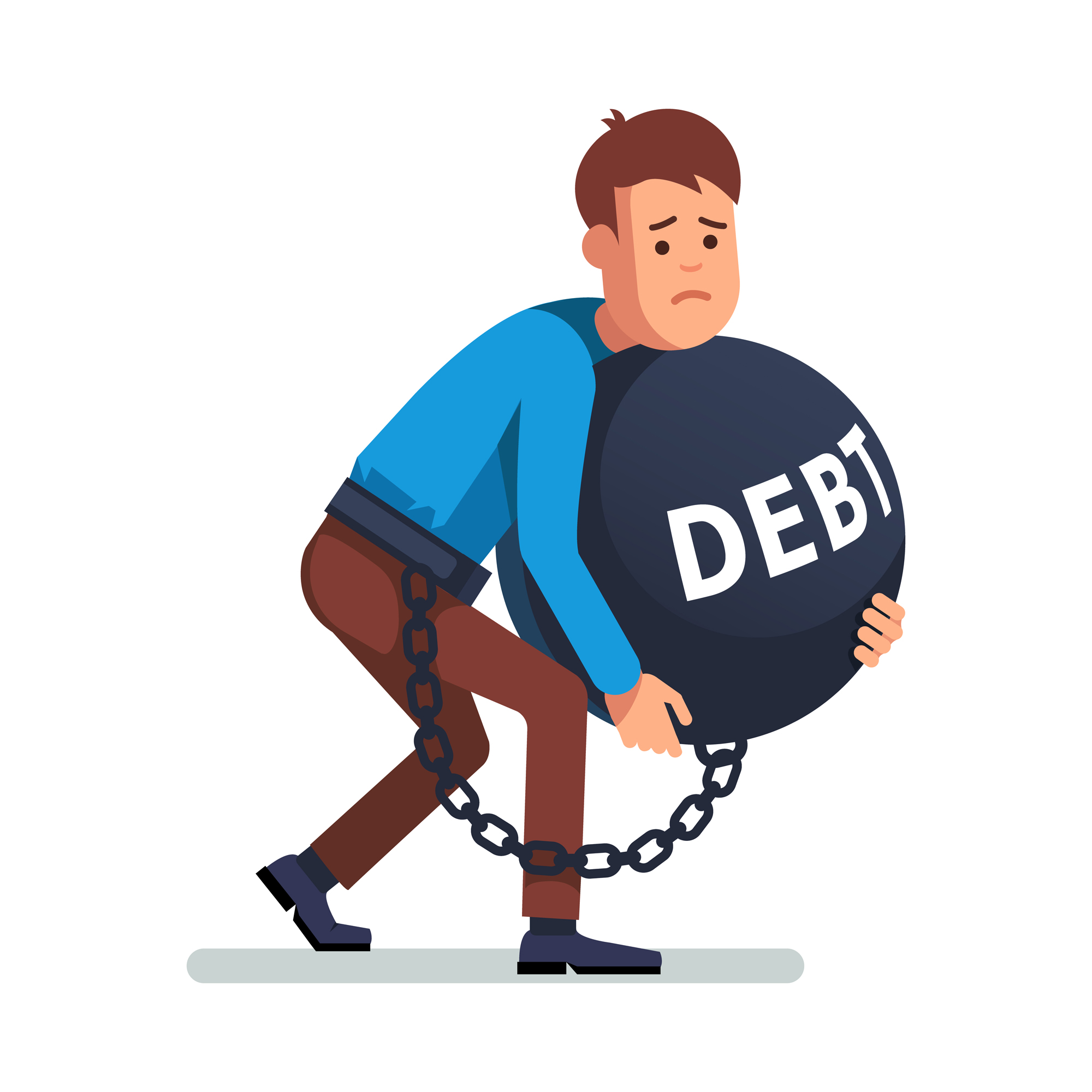Taking a loan may, at times, seem like a lifeline — be it for further studies, purchasing your desired home, growing your business, or facing unexpected medical bills. While loans have the power to help us accomplish things we want to do, they can become a financial quagmire if not wisely managed. Many borrowers unwittingly get into loan traps—circumstances where it becomes harder to pay back debt, causing stress, defaults, and financial distress. The silver lining? With knowledge and planning, you can steer clear of these traps and borrow intelligently.
WHAT EXACTLY IS A LOAN TRAP?
A loan trap occurs if you borrow more than you can possibly repay, or when concealed fees, excessive interest rates, or constant borrowing put you into debt. Signs commonly are:
- Difficulty making EMI payments.
- Borrowing new loans to settle previous ones.
- Getting trapped in the temptation of “easy instant loans” without checking terms.
- Debt increases even when you pay regularly.
TIPS TO PREVENT LOAN TRAPS
1. Borrow Only What You Need
It’s so easy to borrow the highest amount available, but that’s where trouble starts. Borrow only what you really need — and not just what appears good on paper.
Illustration: Suppose you want to borrow ₹3 lakh for studying. Don’t borrow ₹5 lakh because the bank tells you that you qualify for it.
2. Know the True Cost of Borrowing
Never consider only the interest rate. Lenders can charge:
- Processing fees
- Prepayment penalties
- Late payment charges
- Insurance premiums
Always check the total loan cost (Annual Percentage Rate – APR) before signing.
3. Verify Your Repayment Ability
A golden rule: Your entire EMIs should not go beyond 30–40% of your monthly income. Anything more than this will put a strain on your finances and lead to the risk of default.
Tip: Make use of an online EMI calculator to plan ahead.
4. Don’t Take Multiple Loans Simultaneously
Juggling a personal loan, credit card debt, and a business loan all at once can quickly spiral out of control. Prioritize and clear one before taking another.
5. Beware of “Too Good to Be True” Offers
Instant loans, “zero-interest” EMIs, or payday loans often come with hidden catches. Read the fine print carefully — many of these products carry high penalties and compound interest.
6. Maintain a Good Credit Score
A good credit score (750+) guarantees you receive loans at lower interest rates. This lessens the financial burden and keeps you away from expensive lending channels.
7. Create an Emergency Fund
Life is full of surprises. If you happen to lose your job or encounter medical bills, having at least 3–6 months of savings will keep you away from taking unnecessary high-interest loans.
8. Avoid Depending on Debt for Lifestyle Upgrades
Borrowing for investments (such as a business or education) is unlike borrowing for indulgence (gadgets, holidays, bashes). The latter is a quick path to debt traps.
Smart Borrowing = Financial Independence
Loans are not the villain — abusing them is. Borrow within limits, know terms, and make repayment plans, and you can use loans for your benefit instead of against you.
Consider loans like instruments: used judiciously, they construct your future; abused, they shatter it.
CLOSING REMARK
Take a moment before signing on the loan document and ask yourself: Do I actually need this loan? Can I pay it back comfortably? If yes, proceed. If not, it is wiser to wait than to step into debt hell.

